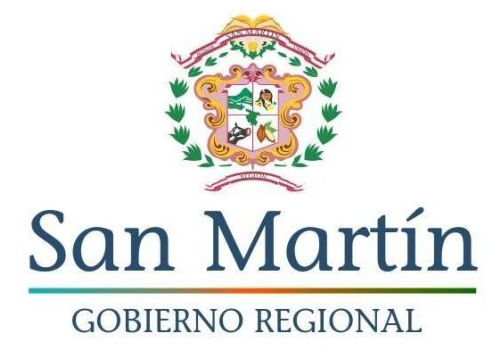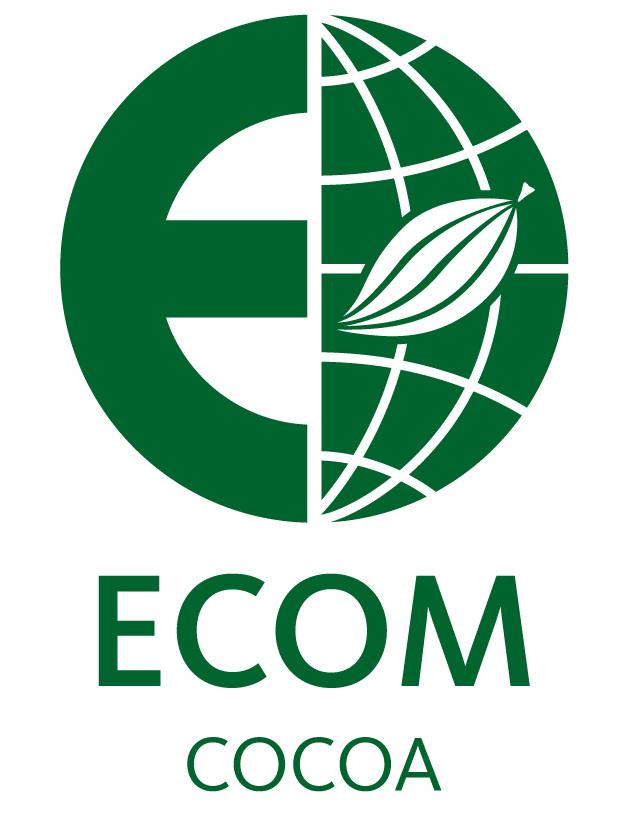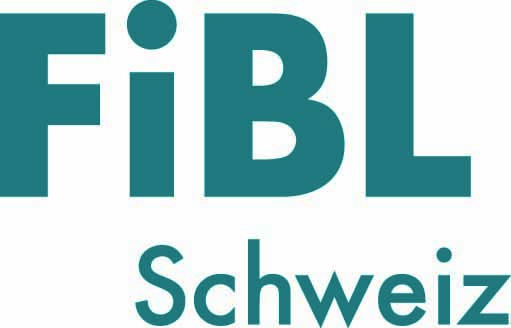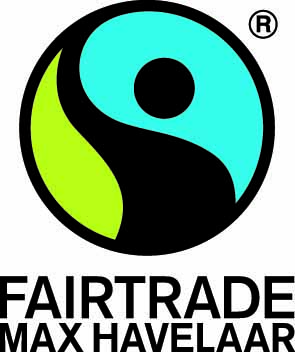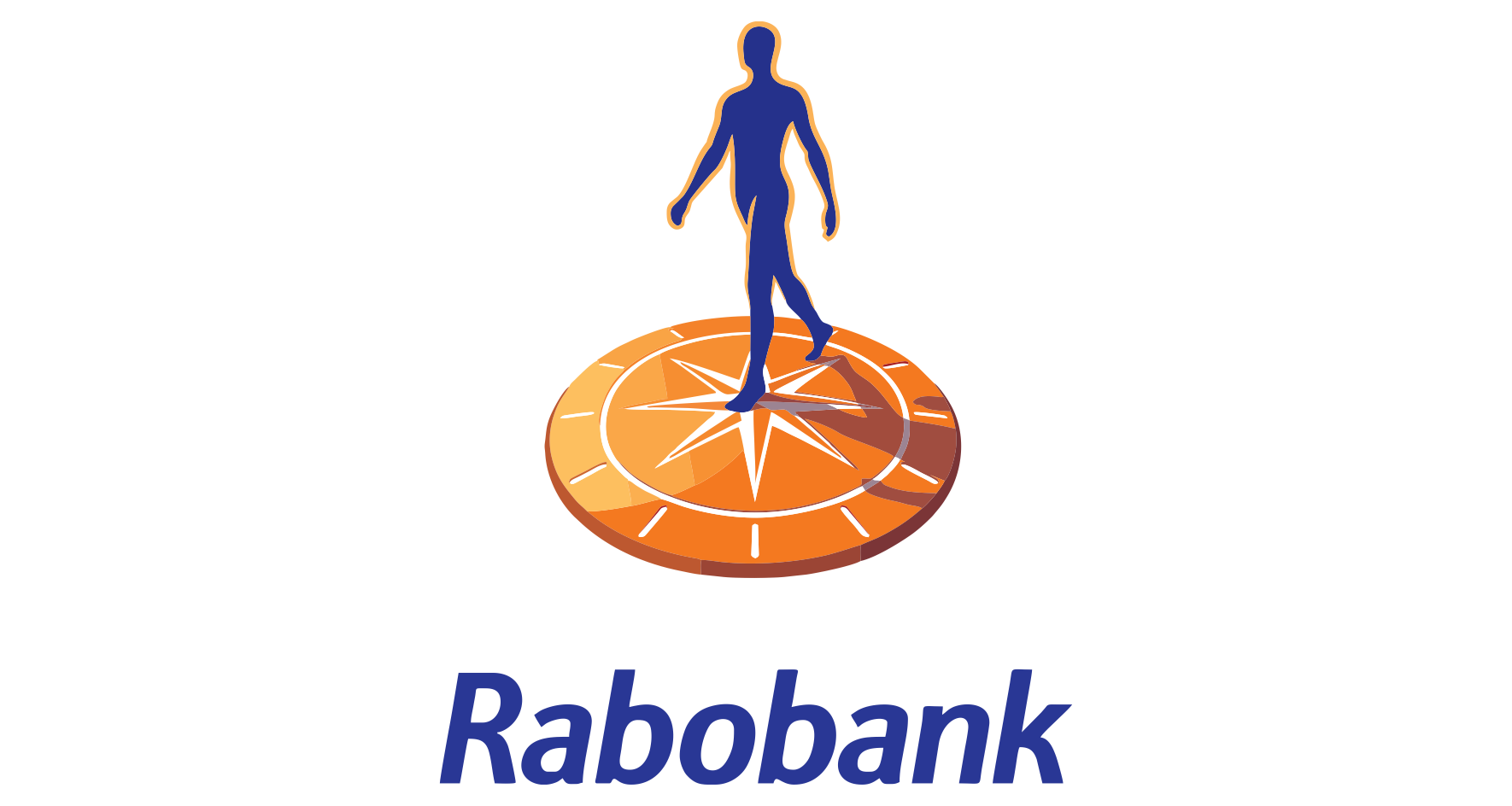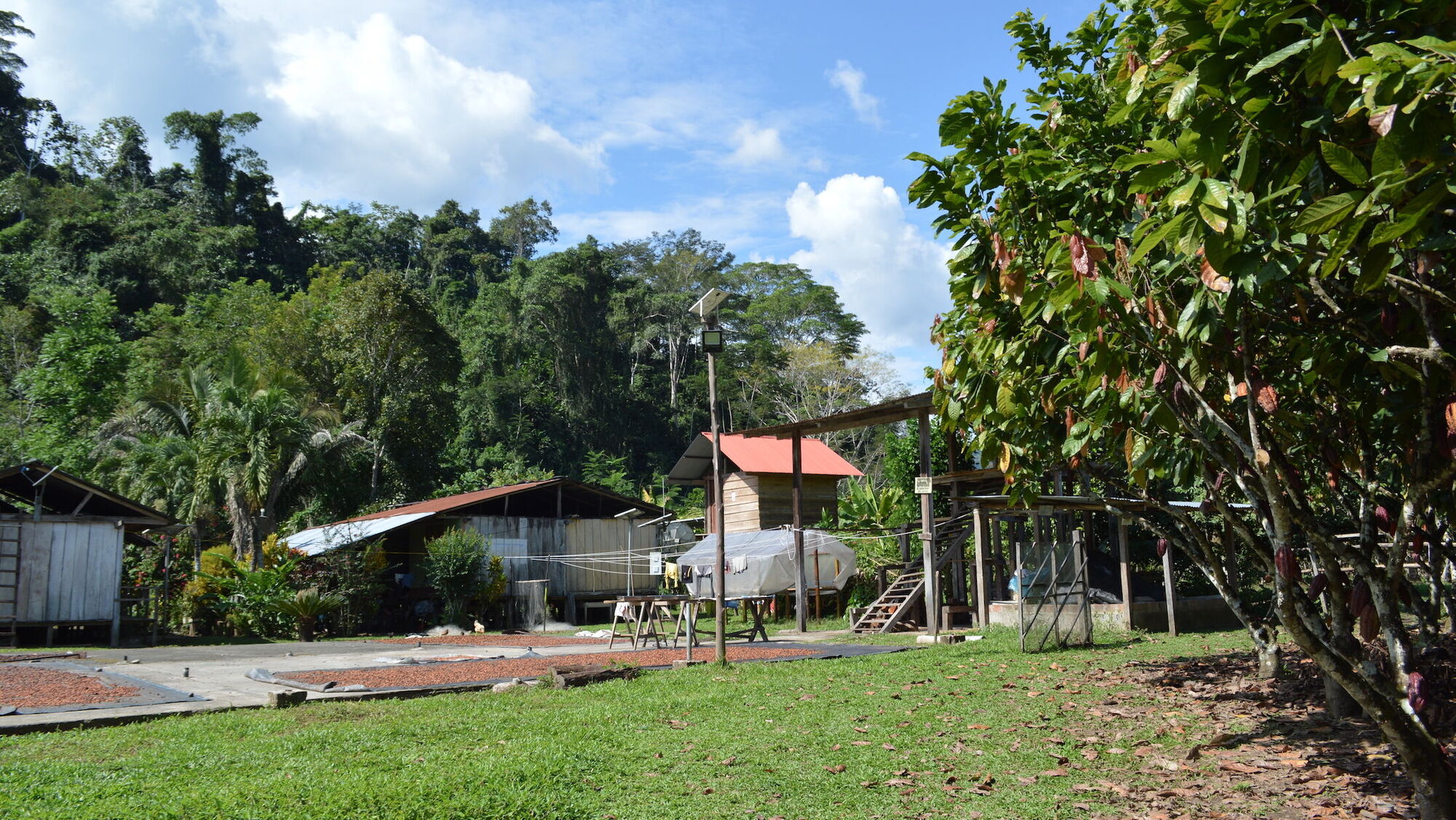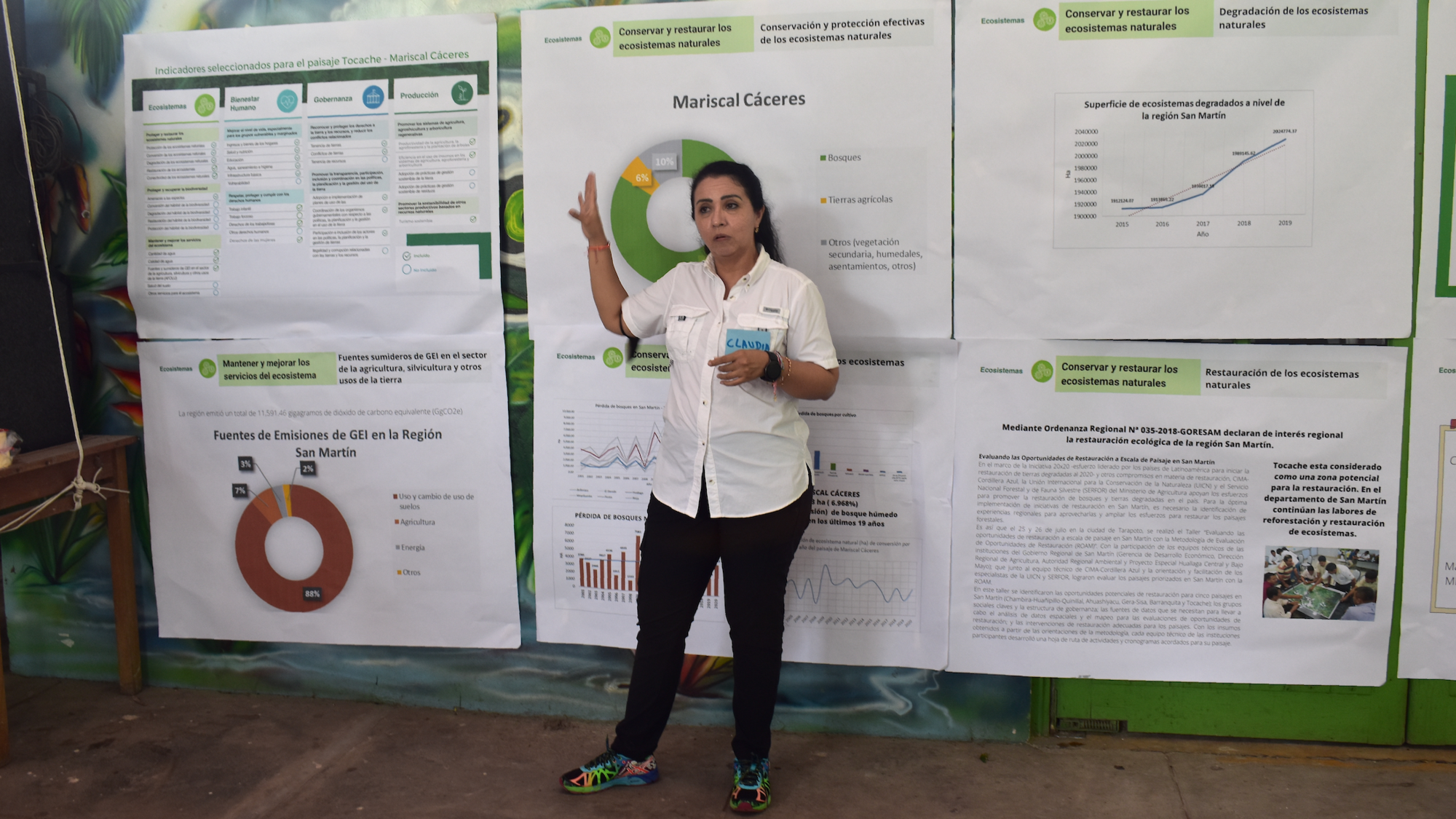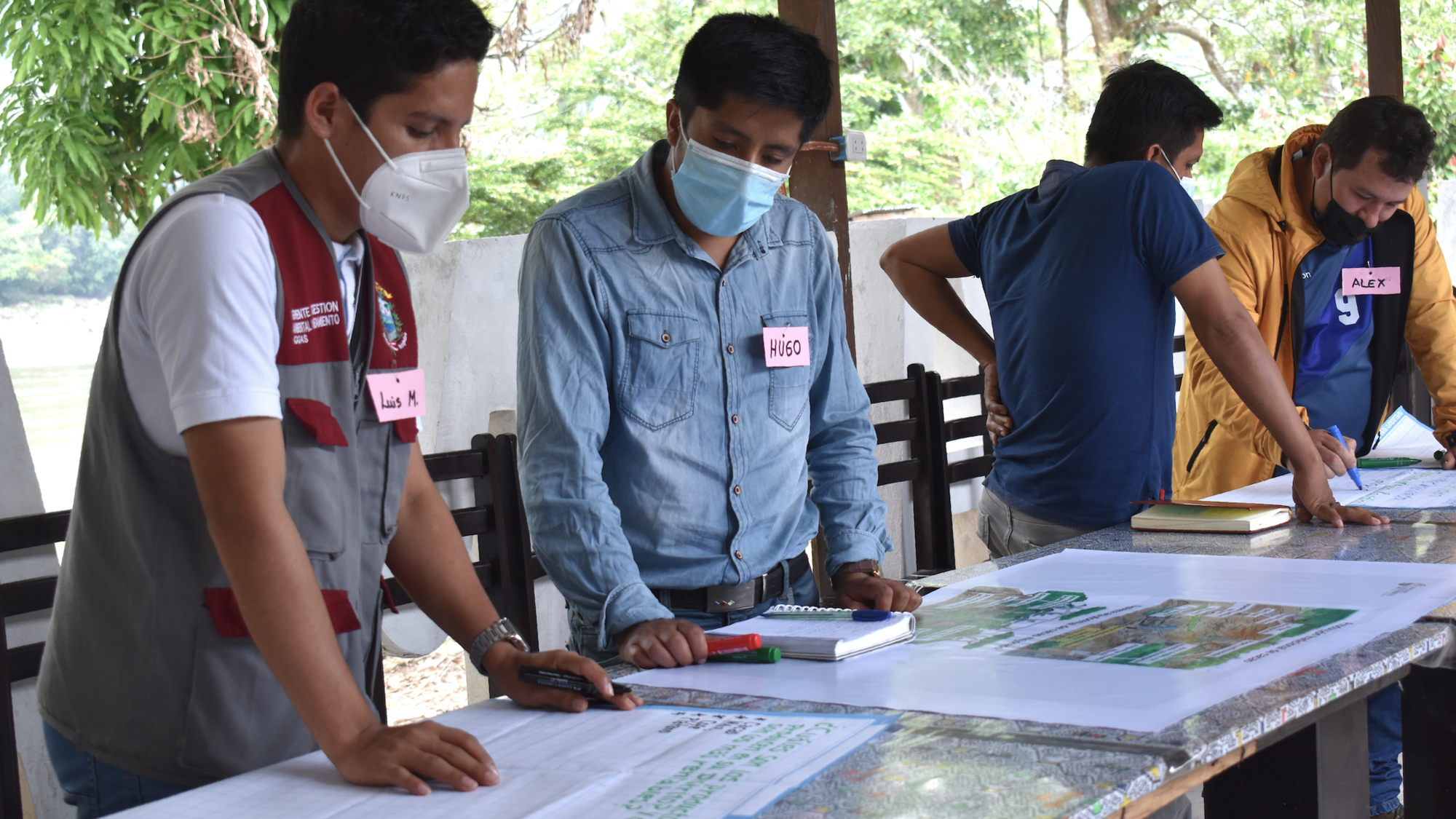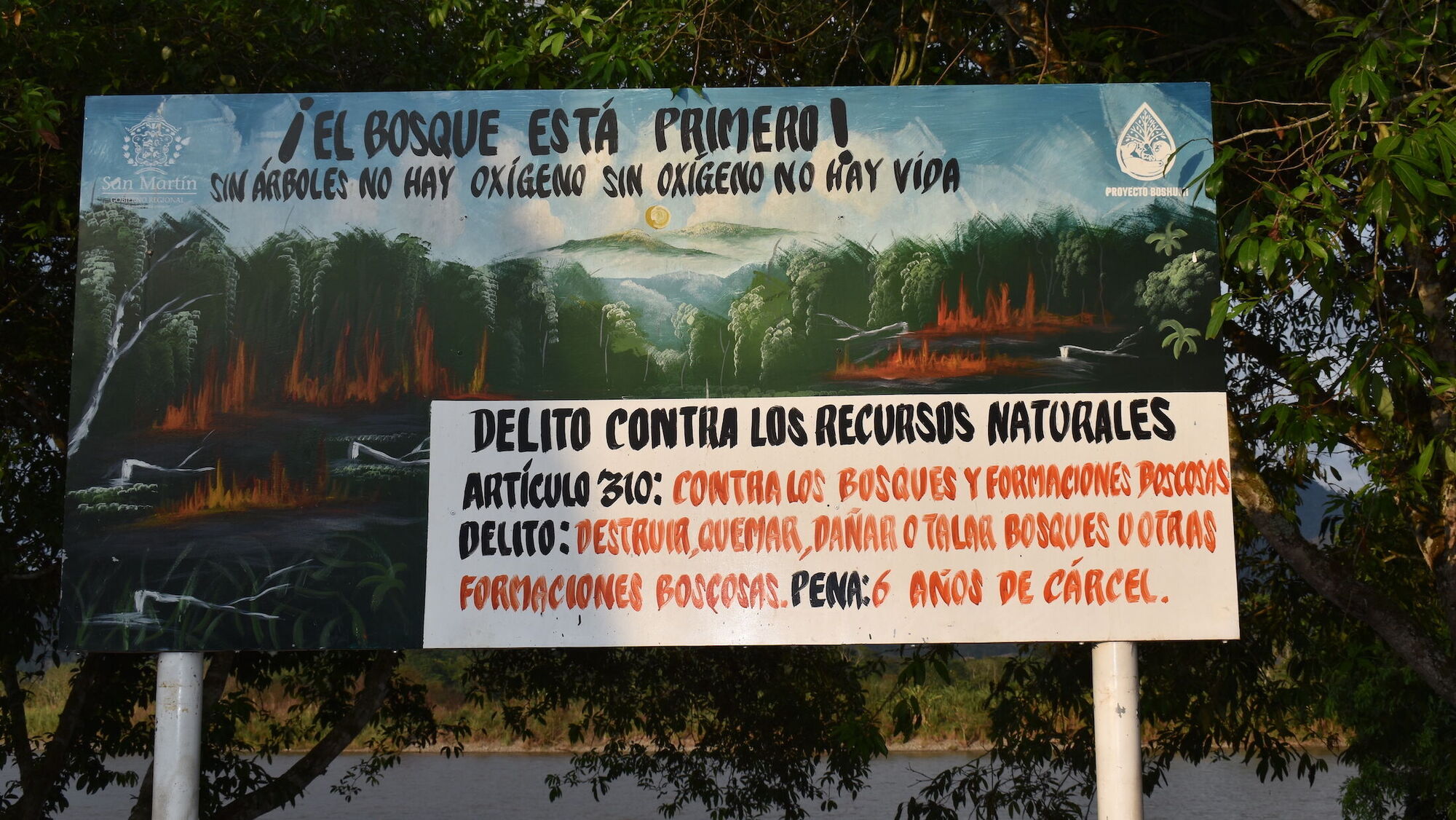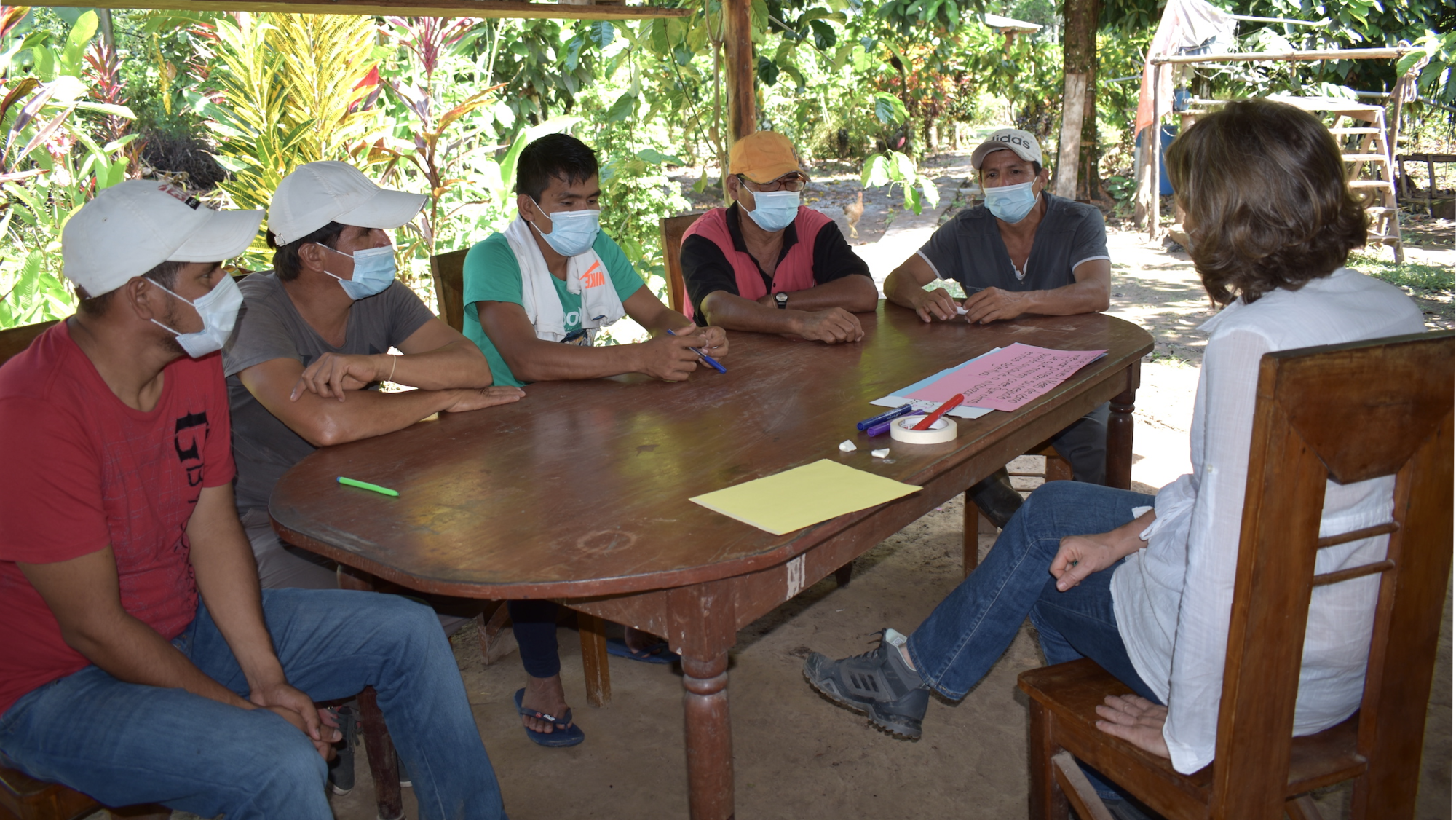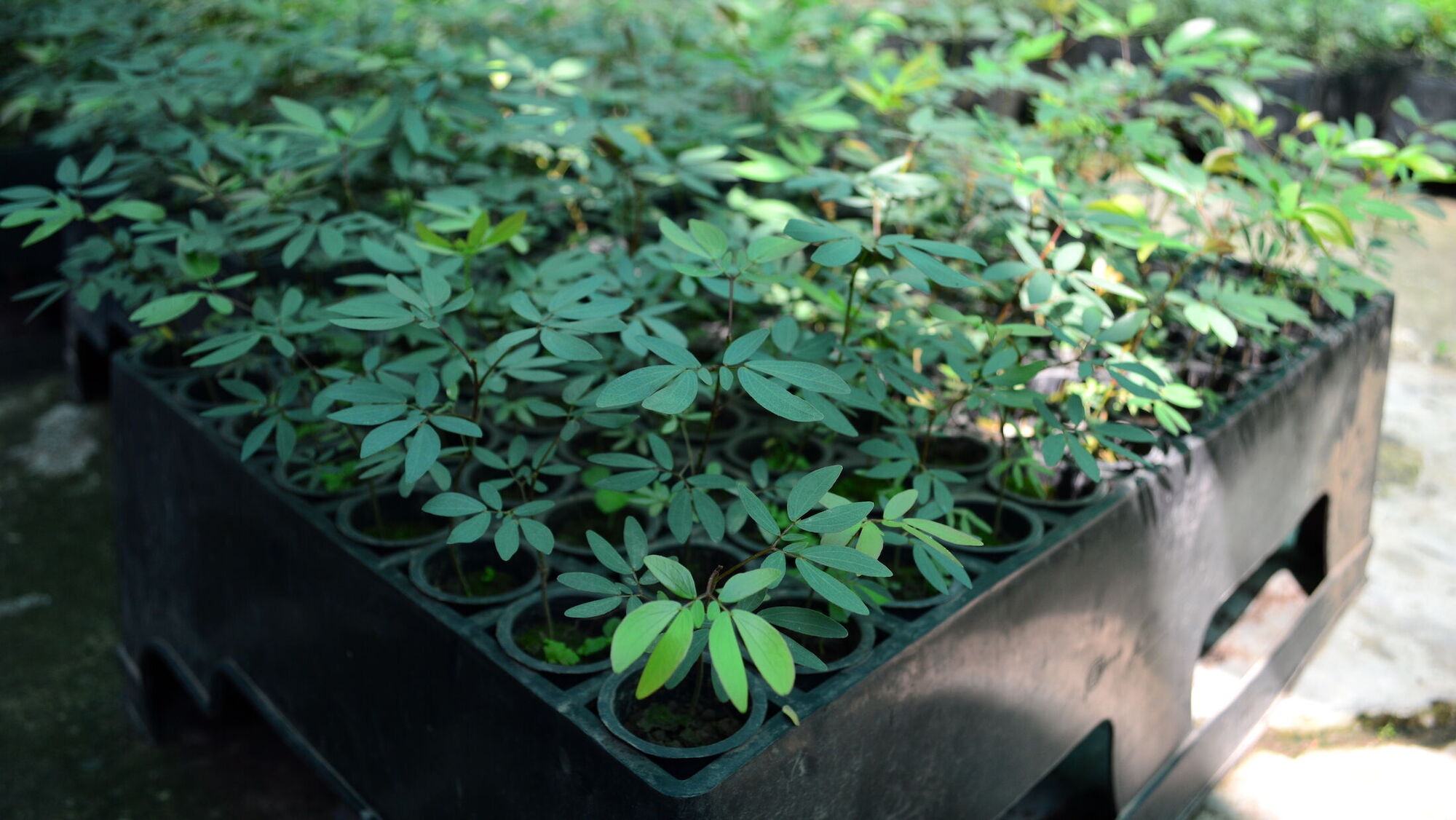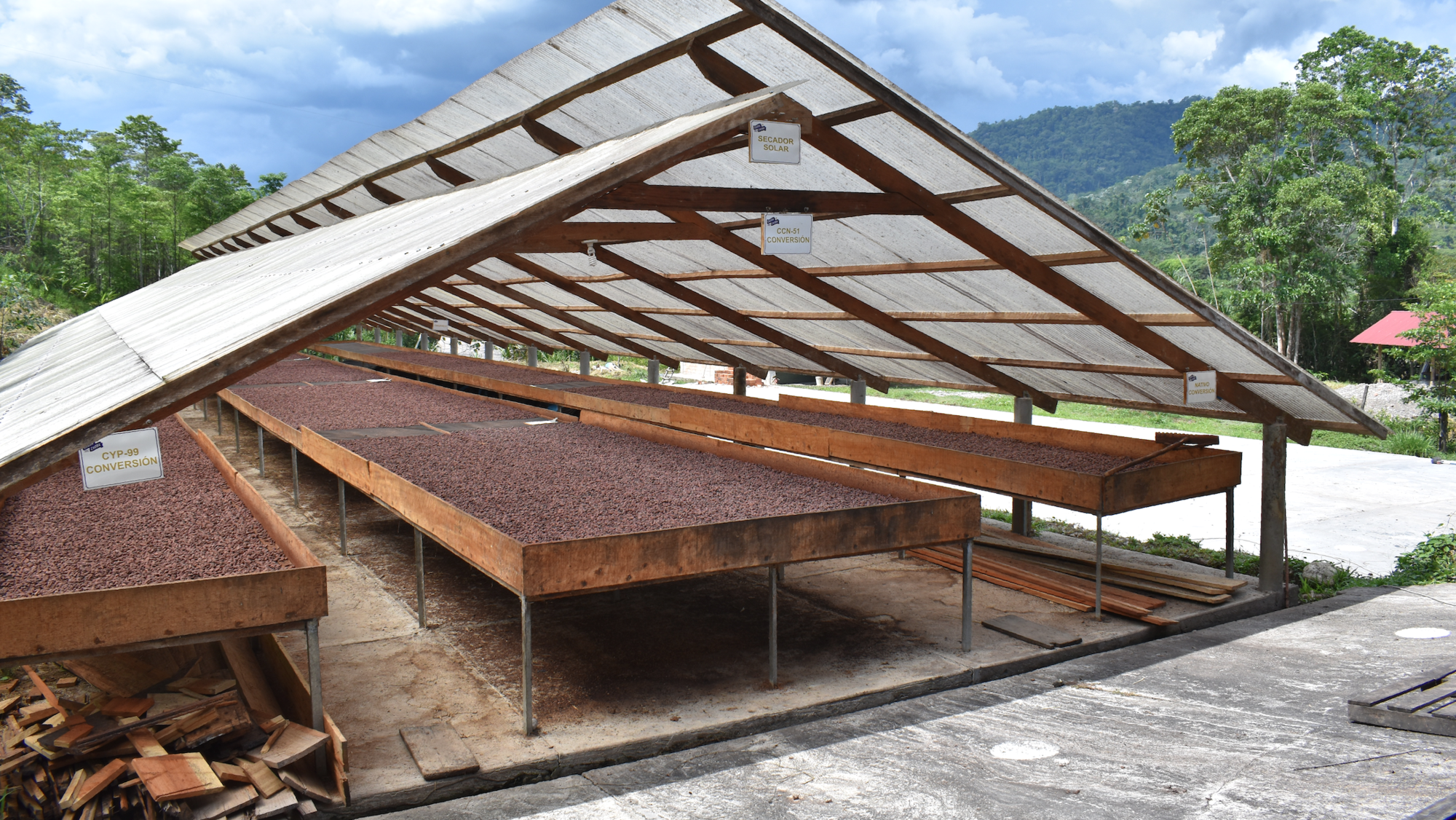Sustainable Cocoa Sourcing Landscapes 1.0
What the project was about
Peru boasts 60% of global cocoa varieties, ranking second in organic cocoa production, involving over 90,000 cocoa-producing families. In Peru, San Martin stands as the primary cocoa-producing region. Despite cocoa's significance, farmers face economic hurdles and limited market access due to inadequate knowledge in cocoa bean production.
Moreover, land use change, driven by cocoa, coffee, bananas, corn, and livestock expansion, has led to substantial deforestation. Although deforestation has reduced lately, it remains a significant concern, pressuring companies sourcing from deforested regions. This project aimed to assist the regional government in achieving sustainable development, uniting stakeholders from civil society, the private sector, and national and local authorities to create a shared strategy for sustainable, diversified, and deforestation-free cocoa production systems.
What was done
The two-year project phase established an institutional framework for sustainable management in Mariscal Caceres and Tocache landscapes, San Martin Region. It formed two provincial and one regional multi-stakeholder landscape roundtables, initiating action plans for zero deforestation. The project introduced a carbon offset reforestation initiative and financial incentives for sustainable landscape management. It piloted a landscape tool for comprehensive sustainability assessment.
At the farm level, the project identified scalable sustainable cocoa production models, promoted climate-smart farming like agroforestry and natural pest control, and enhanced cadmium management. It encouraged integrated farm planning and income diversification, aiming to improve living conditions and income for cocoa farmers and families.
How the project has contributed to sustainable cocoa production
During the pilot phase, the project laid the foundations for sustainable cocoa production. The project conducted a study to identify economically viable and environmentally sustainable cocoa production models, which will be validated and disseminated during the second phase.
Further, the project has established first demonstration plots of sustainable agroforestry systems, to show the benefit of such systems to the rather critical cocoa farming households in the selected landscapes. Additionally, farmers have received training and recommendations on climate-smart agricultural practices. One of the partners has designed a plan for the renovation, rehabilitation, and installation of cocoa plantations, both activities ensuring sustainable cocoa production in the mid-term.
How unexpected challenges during the implementation of the project have been overcome
The project began during the COVID-19 pandemic under stringent restrictions. Building trust among partners remotely was challenging. Changes in our communication and working styles were needed. Trips had to be postponed, and ways of intervening had to be altered. In practice, the project partners managed to find a new work rhythm, making more efficient use of virtual tools and, in one case, hiring local staff to support remote work.
Concerning sustainable management of cocoa landscapes, each stakeholder group in the landscape has different interests and ambitions. To enable joint management, it is important to acknowledge these differences and define a common vision. To engage all different actors, it is important to recognise their interests and ambitions and identify a joint vision for a common action. The concept of the sustainable landscape roundtable is one of the solutions to engage all actors, striving for a balance of power and decision-making.
For sustainable cocoa production systems, ensuring sustainable, deforestation-free cocoa production systems requires a transition from shifting cropping patterns to sustainable agroforestry systems. Most producers are reluctant to adopt agroforestry practices because of past experience and the associated complexity of pest and disease control and low impact on productivity gains. To overcome this issue, on the one hand, we used the above-mentioned demonstration plots.
On the other hand, during the second phase, the project will impulse this transition by selecting lead farmers, providing them – through trained professionals of cooperatives and companies – technical assistance and monitoring the implementation of different production models, organising learning events to discuss and share experiences to promote scaling up to more farms in the selected landscapes and beyond.
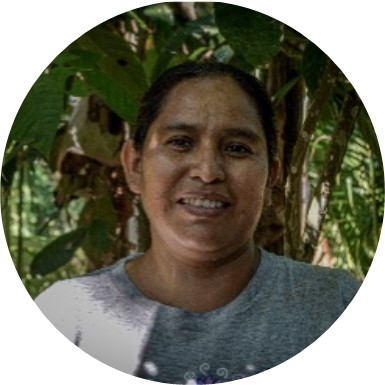
"With cocoa, unlike coca, we work in peace, we grow in peace. Before, we lived in fear and worry. Now we plant cacao in the middle of our forest plantations."
Interview with Simone Ransjin from Helvetas about the project
Simone Ransjin, what was innovative about this project?
The landscape approach based on a multi-stakeholder process, involving private, public, and civil society actors, is perceived as an innovation, especially in the areas of sustainable land use and zero- deforestation. The involvement of the international market and international private sector right from the project start is new.
Moreover, on the supply chain level, an innovative approach is to support the development of a carbon accounting and reporting process from farm to end product and to promote digital innovations in production processes.
How was farmer engagement and ownership promoted throughout the project period?
The objective of the pilot phase was to generate a foundation for sustainable landscape management, based on studies, research and some first pilot actions, with the objective to be scaled up during the second phase of the project.
Therefore, the number of producers directly involved in the first phase was small. 156 farmers, directly related to project partners Choba Choba and ECOM, have been actively involved in the project, through direct training for income diversification and/or climate-smart agricultural practices and farms mapped by GPS points.
How was it ensured that the project has long-term effects?
Multiple actor commitment, through participatory methods and formalised multi-stakeholder landscape roundtables, assures the sustainability of the initiated processes. Each landscape roundtable has its own vision and action plan, aligned with the regional territorial development policy, to contribute and ensure a sustainable management of the landscape.
In the proposed second phase of the project, it is foreseen that a wider coalition with additional private partners contributes to strengthening landscape management and contributes to zero deforestation and higher farm income.
Organisations involved


